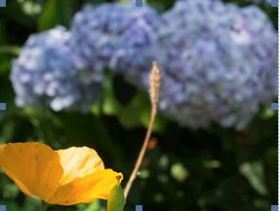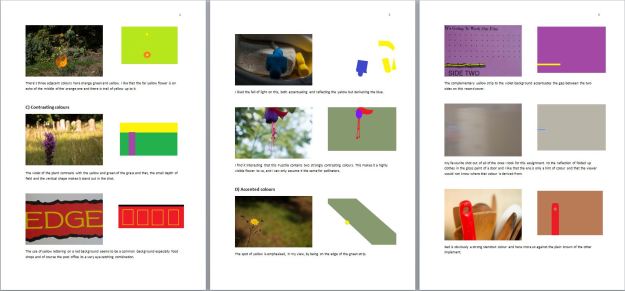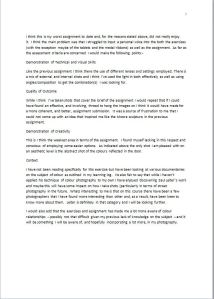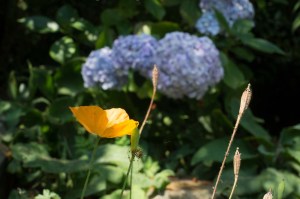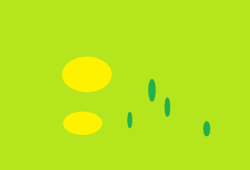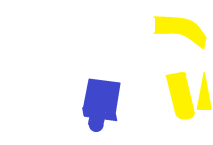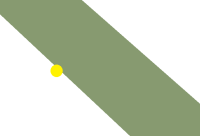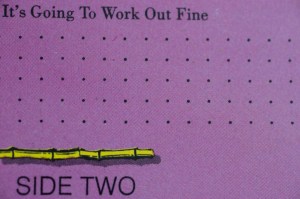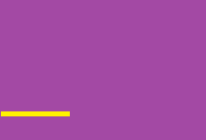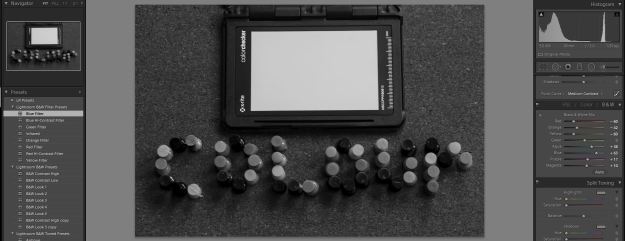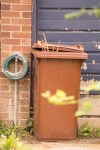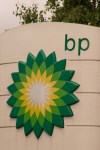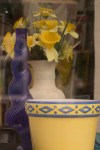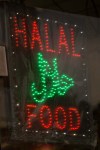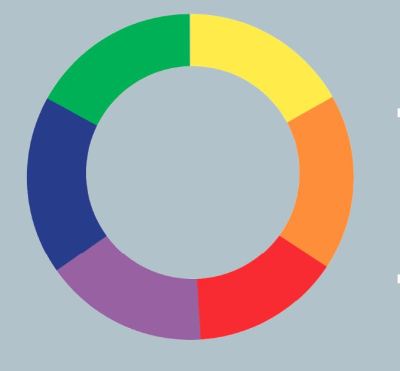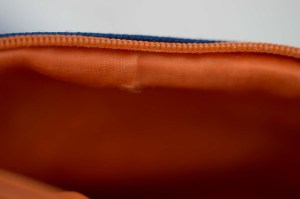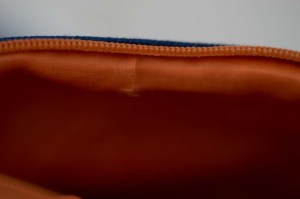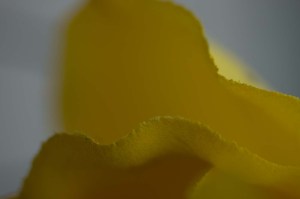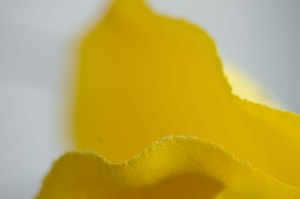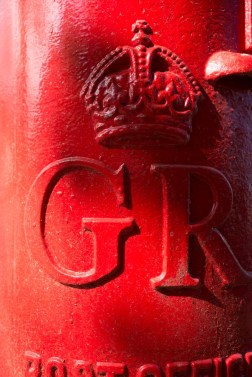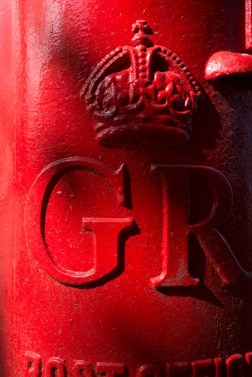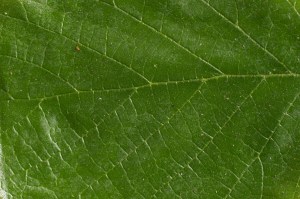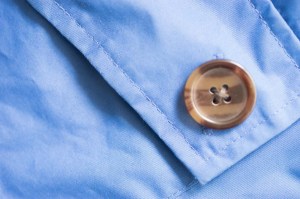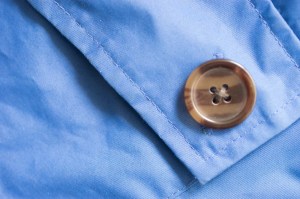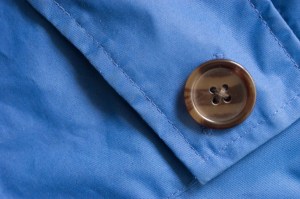Following up from my tutors report on assignment 3 (colour) I had a look a this website that he recommended:-
http://psychology.about.com/od/sensationandperception/a/colorpsych.htm
The site discusses aspects of our reaction to colour some of which may be familiar but some were new to me.
Take these points it makes on the primary colours:-
Red
- Red is a bright, warm color that evokes strong emotions.
- Red is associated with love, warmth, and comfort.
- Red is also considered an intense, or even angry, color that creates feelings of excitement or intensity.
- Consider how red is used in language: redneck, red-hot, red-handed, paint the town red, seeing red
Blue
- Blue is described as a favorite color by many people and is the color most preferred by men.
- Because blue is favored by so many people, it is often viewed as a non-threatening color that can seem conservative and traditional.
- Blue calls to mind feelings of calmness or serenity. It is often described as peaceful, tranquil, secure, and orderly.
- Blue is often seen as a sign of stability and reliability. Businesses that want to project an image of security often utilize blue in their advertising and marketing efforts.
- Blue can also create feelings of sadness or aloofness. Consider how a painting that heavily features blue, such as those produced by Picasso during his “blue period,” can seem so lonely, sad, or forlorn.
- Blue is often used to decorate offices because research has shown that people are more productive in blue rooms.
- Blue is one of the most popular colors, but it is one of the least appetizing. Some weight loss plans even recommend eating your food off of a blue plate. Blue rarely occurs naturally in food aside from blueberries and some plums. Also, humans are geared to avoid foods that are poisonous and blue coloring in food is often a sign of spoilage or poison.
- Blue can also lower the pulse rate and body temperature.
- Consider how blue is used in language: blue moon, blue Monday, blue blood, the blues, and blue ribbon.
Green
- Green is a cool color that symbolizes nature and the natural world.
- Green also represents tranquility, good luck, health, and jealousy.
- Researchers have also found that green can improve reading ability. Some students may find that laying a transparent sheet of green paper over reading material increases reading speed and comprehension.
- Green has long been a symbol of fertility and was once the preferred color choice for wedding gowns in the 15th-century. Even today, green M & M’s (an American chocolate candy) are said to send a sexual message.
- Green is often used in decorating for its calming effect. For example, guests waiting to appear on television programs often wait in a “green room” to relax.
- Green is thought to relieve stress and help heal. Those who have a green work environment experience fewer stomachaches.
- Consider how green is used in language: green thumb, green with envy, greenhorn.
As far as photography goes there are some ways this information can be incorporated. I’m thinking of settings for portraits; the use of these colours, and others, for emphasising aspects of the shot. It occurs to me that these factors could be applied also to the display of work and wonder if there has been any research on the effect of showing say, fairly ambiguous photos (and the publics interpretation of them) on different coloured walls?
The idea that yellow is also the most fatiguing to the eye is I suspect fairly obvious in that a room full of bright yellow prints would grate on one after a while and this reinforces the colour ratios previously covered,
While I think this is an important aspect of colour photography (and I’m wondering what are the psychological aspects of black and white photography) the application of the factors outlined above depend either on your ability to spot them in the context of what you are shooting, which I suspect is difficult, or, more likely, staged shots incorporating colour to reinforce a particular message or feeling.
I haven’t noted the use of colour (except perhaps in Greenaway’s films*) in what I would class as a subliminal way but then I haven’t been looking for it so it may not have occurred to me before. Its something to consider when I look at work in the future.
*The Cook, The Thief, His Wife & Her lover for example.

